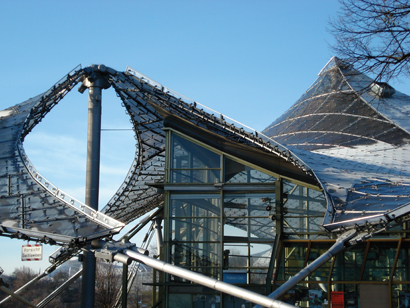“Roof Structures” or “Stages?”
The Wrong Choice of Words Can Be Costly
Stories of so-called “stage collapses” have recently swept the entertainment industry, the nation and the world. As a staging professional for over 20 years, I was both saddened by the tragedies and dismayed by the incongruent journalism. The damage sustained during the recent collapses involved equipment falling from above onto innocent bystanders below. A stage, of course, is a raised platform, which is walked upon, while a roof covers a stage and hangs overhead. Reading these stories of “stage collapses,” I quickly grasped that a roof structure was actually the equipment in question. In the staging industry, we are now realizing that the mis-education of the public has costly and far-reaching consequences in terms contracts and insurance.
